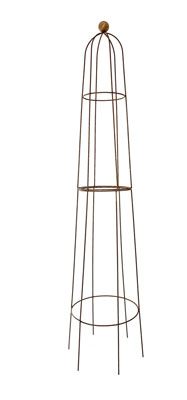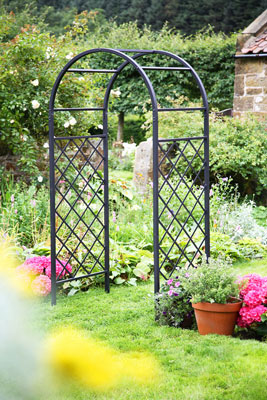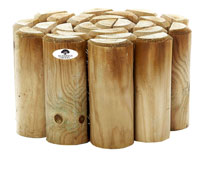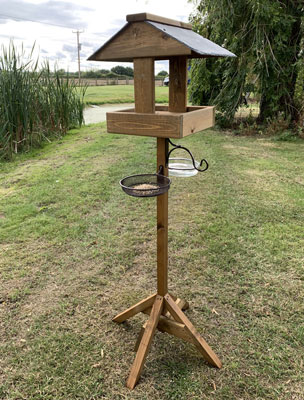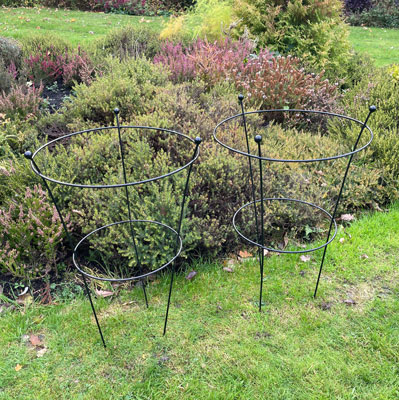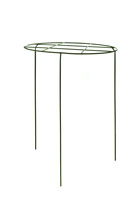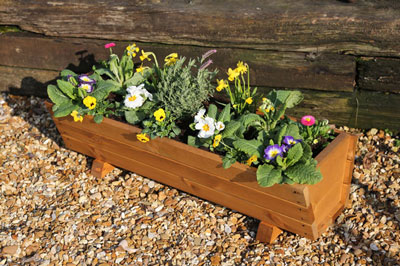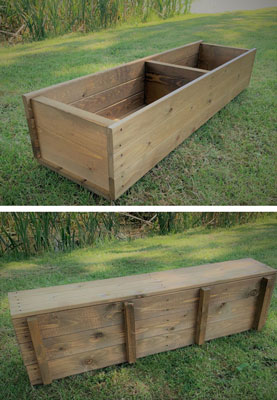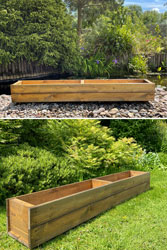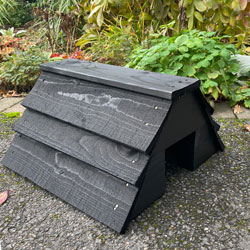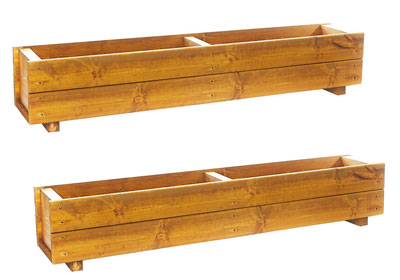Gardening for Wildlife
Wild Flower Meadow
The most important thing for a wild flower meadow is that the land is not too fertile, otherwise the grasses and serious perennial weeds like nettles, thistles and docks will crowd your more delicate wild flowers out of existence.
As good a starting point as any is an old lawn that has been mowed and the clippings collected for at least three years. If the lawn is very well established, say 20 years or more, you may just let the grass grow for a couple of years and see what comes, but the chances are that at the best you will get a fairly limited range of wild flowers, and will feel the need to improve things.
There are basically three ways you can increase the variety of flowers. Firstly you can buy young plants at your local garden centre of market and plant them directly into the meadow. By all means clear a small area around where you will put the new plant and don’t forget to water it in dry weather for the first few weeks. Do not be tempted to add compost, manure or fertiliser to the planting hole.
Secondly you can buy pre-seeded turf . This is bought by the square metre, and is expensive – think in terms of £50 per square metre). Just deturf the area, dig and remove roots, and replace with what you have bought. Water as usual, and NO fertiliser!
Finally you can sow your own seed, either bought or collected. But don’t just sow the seed in the meadow area, very few will survive. Plant the in trays, grow on in a small pot (poor soil, NOT compost!) and plant out in May. If buying seed you need to buy only perennials or hardy annuals; half-hardy annuals will not survive in subsequent years.
Once sown your meadow should be mown once or twice per year, always in September, and if not much is in flower also in June. Cut height should be 2-3 inches (5-7cms). Leave the cut material on the ground for a few days to allow any seeds to fall, and then collect all material up and take it away. It may be best not to add it to your compost in case any seeds are still around.
Wildlife Garden
Reptiles, Amphibians and Mammals
The retiles you might manage to attract will all be beneficial for your garden, and only the adder which prefers to live further away from man is slightly harmful, its bite might just kill a small dog or very young baby. Slow worms and grass snakes are completely harmless. A slow worm will like a place to hide from everything, a small crevice in stonework or even a pile of logs, the only thing that you can provide for a grass snake is a compost heap in a reasonably sunny spot, the heat generated by the decomposing vegetation will help it warm up in the morning. Lizards, again harmless, like nice sunny spots ideally on stone or brick on which to sun themselves and again crevices in masonry in which to hide.
Frogs and toads are very good for the garden, eating slugs that would otherwise damage your plants. Again places to hide are important, under stones, in long grass and the damper the better, but best of all is a pond for them to breed in. The pond will also provide bath and drink for birds, as well as a breeding place for dragonflies and mayflies – but these will need to be able to climb out of the water once the larvae have turned into the mature fly, so provide some reedy type of plant.
Mammals you might like to attract might include hedgehogs and bats. Hedgehogs eat slugs and worms and like to hibernate in a woodpile or similar. To attract bats the best plan is to grow night scented flowers which will encourage moths on which the bats will feed. Not closing curtains at night in summer when the lights are on will also encourage the moths and hence bats.


